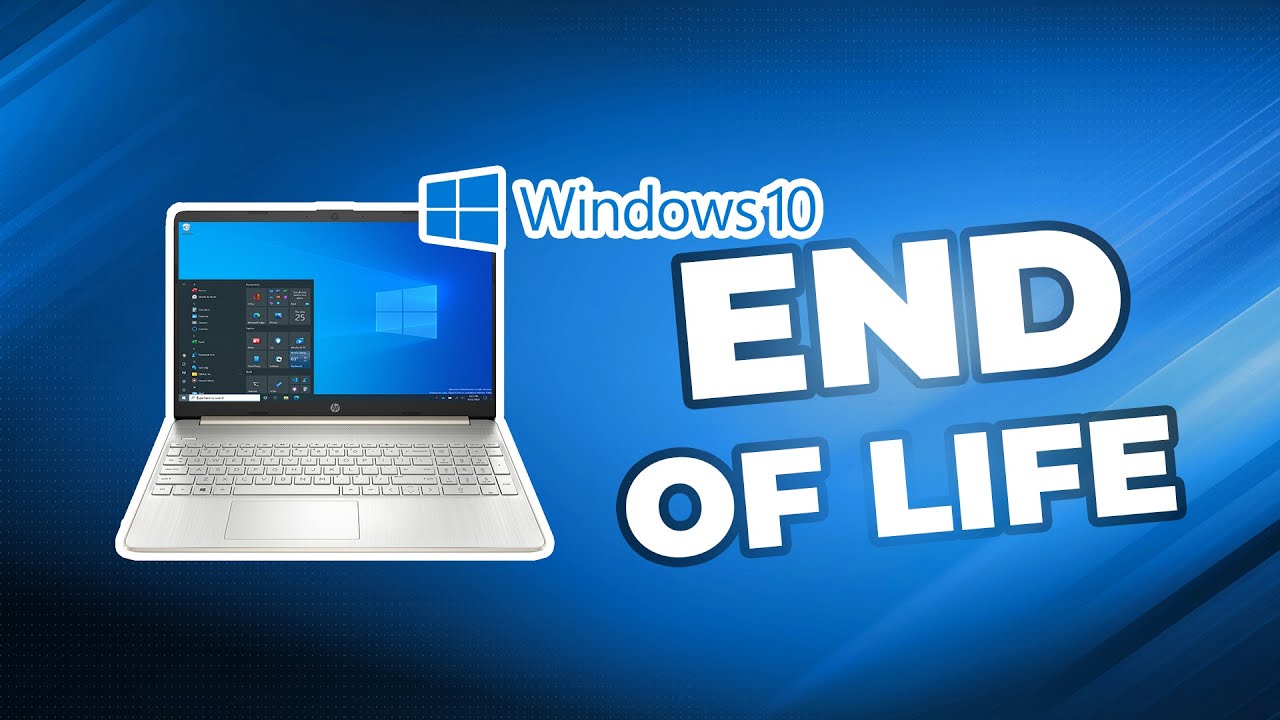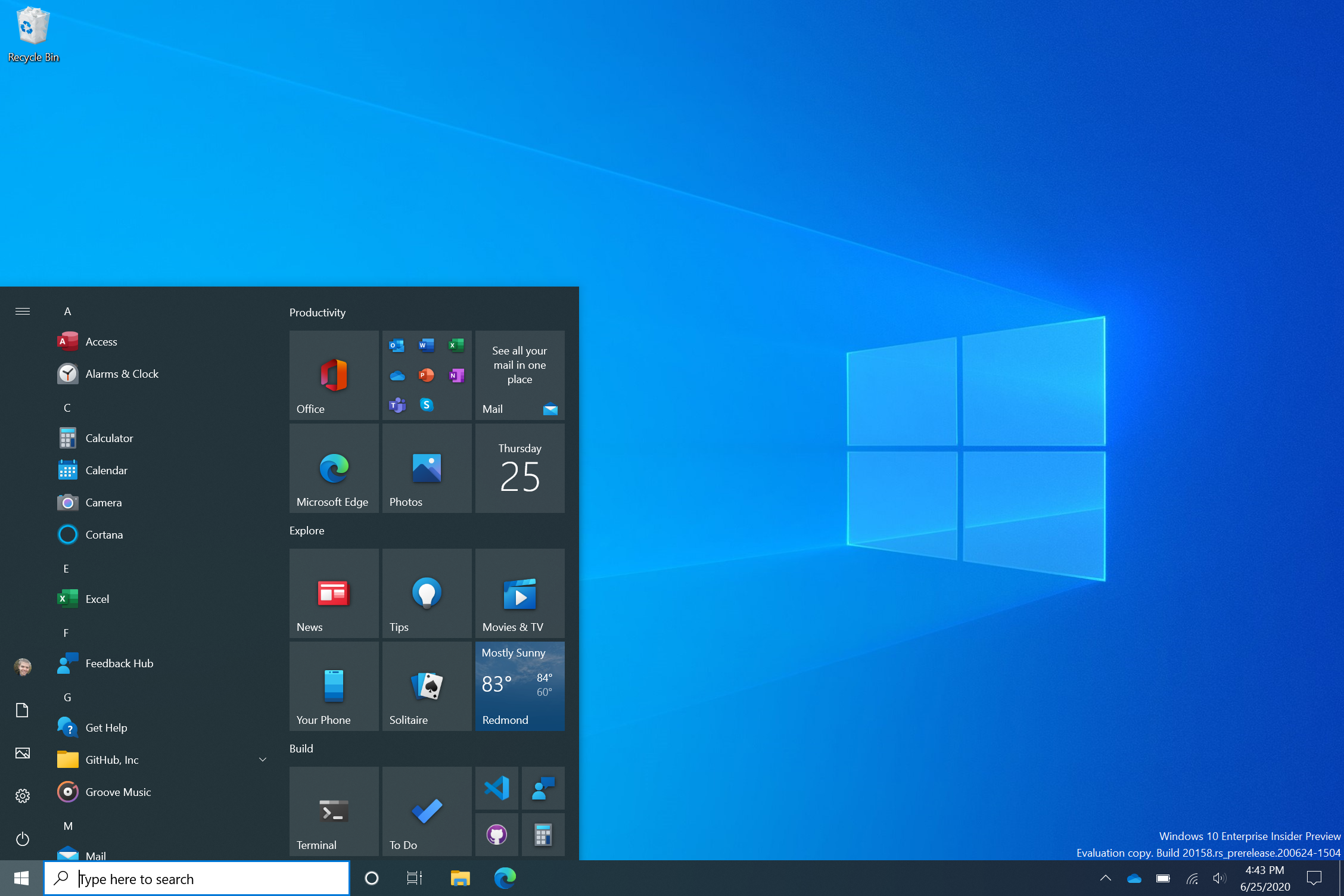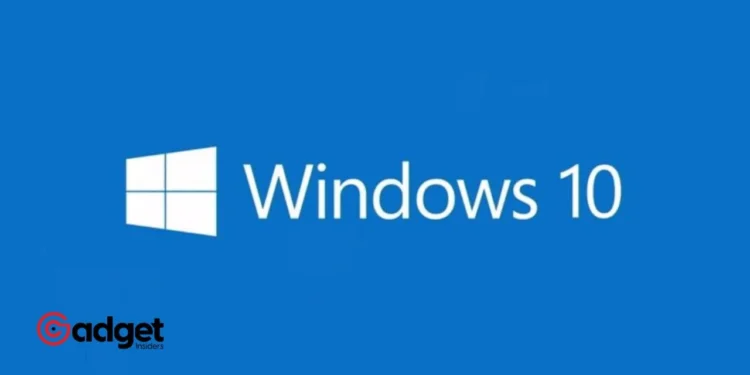In the constantly evolving landscape of technology, staying updated with the latest software versions is not just a matter of keeping up with the times; it’s about ensuring security, efficiency, and compatibility. As we edge closer to a significant turning point in the history of one of the most enduring operating systems, Windows 10, businesses and educational institutions are facing a critical juncture.
The impending end-of-life (EOL) status for Windows 10 Enterprise and Education editions marks a pivotal moment, urging organizations to strategize their next steps in the tech sphere.

The Clock Ticks for Windows 10 21H2
With a reputation built over more than a quarter of a century, TechSpot has been a beacon for tech enthusiasts, offering trusted tech analysis and advice. As they highlight, Windows, like any other software product, undergoes a life cycle with clearly defined support periods.
According to Microsoft’s policy, Windows 10 is on the brink of reaching an essential milestone. Version 21H2 of Windows 10 Enterprise and Education will reach its end of life on June 11, 2024, a date that looms over organizations like a deadline set in stone.
This EoL status signifies more than just a ceremonial farewell; it marks the cessation of security updates through the Windows Update service for these editions. In a world where digital threats evolve daily, the discontinuation of support could leave systems vulnerable to a myriad of security risks.
Microsoft’s continuation of support for Windows 10 22H2, released on October 18, 2022, until October 14, 2025, offers a lifeline but also a clear directive: upgrade or risk obsolescence.
With 22 months until the end of life date for Windows 10, now is the perfect time to the WoodReviewer 2023 Advent Calendar.
And yes, today is also the first day to get it because I just finished making it 10 minutes ago.https://t.co/3wmCMODAxF pic.twitter.com/DgDYSdhyOo
— WoodReviewer (@WoodReviewerRBX) November 30, 2023
A Push Towards the Future
Microsoft’s strategies to nudge companies and individual users towards the latest operating systems have been nothing short of aggressive. Intrusive popups and persuasive tactics have become par for the course, signaling the company’s intent to shepherd its user base toward newer, more secure operating environments.
However, the path to upgrading isn’t fraught with insurmountable obstacles. Transitioning from Windows 10 21H2 to 22H2 is described as straightforward, sharing the same codebase and requirements, and offering organizations a grace period to realign their IT strategies without immediate pressure.
Yet, for those looking beyond the horizon, Windows 11 looms as the next frontier. The Enterprise and Education editions of Windows 11, with their slightly more lenient hardware requirements compared to consumer and server editions, present an alternative.
However, the necessity for UEFI firmware, Secure Boot, a DirectX 12-compatible GPU, and a TPM 2.0 security chip places a significant decision on the shoulders of small and medium-sized businesses: to embark on a hardware upgrade journey or to navigate the twilight of Windows 10 22H2 without official support.

The Legacy of Windows 10
Despite the push towards the future, Windows 10 continues to hold its ground as the most popular PC operating system, outpacing its successor, Windows 11, by a considerable margin. With a 67.26 percent market share, according to the latest Statcounter data, Windows 10’s dominance underscores its reliability, user-friendliness, and broad compatibility.
In contrast, Windows 11’s growth has been slow, capturing only 28.16 percent of the install base, a testament to the challenges of shifting user bases and systems towards new technological paradigms.
As the end of life for Windows 10 Enterprise and Education editions approaches, organizations stand at a crossroads. The decision to upgrade involves not just technical considerations but strategic, financial, and operational deliberations.
In navigating these choices, the legacy of Windows 10 as a stable, versatile, and widely accepted operating system will undoubtedly play a crucial role, in guiding businesses and educational institutions as they transition into the next chapter of the digital era.










